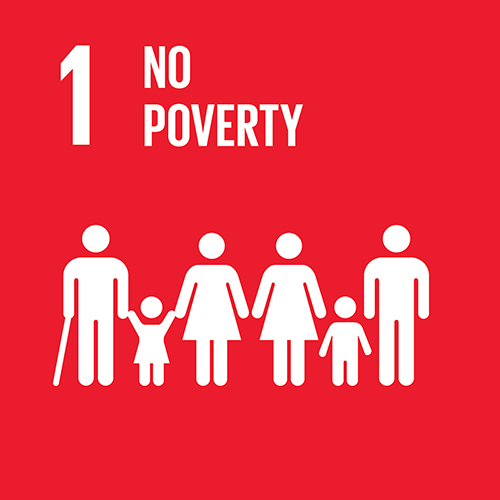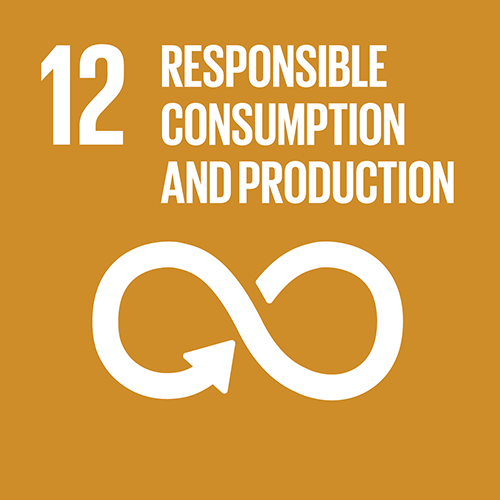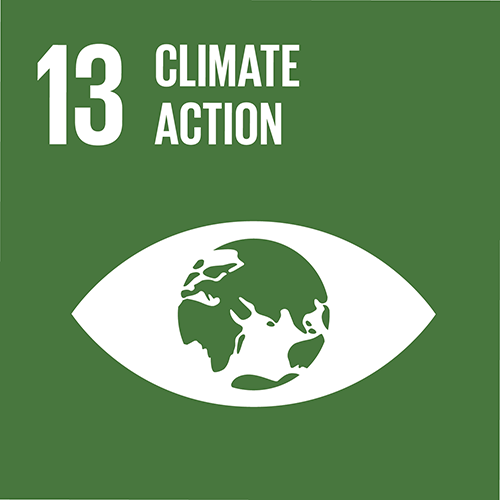Coffee Farmers in Nicaragua Adapt to Climate Change
Project type: Land Use and Forestry
Project location: San Juan de Rio Coco, Nicaragua
Project status: In operation, credits available
Annual emission reduction of the whole project: 28,000 t (after 17 years)
This project helps small holder coffee farmers – who are particularly affected by climate change – adapt and improve their income while supporting the economic sustainability of the coffee industry in Nicaragua. The combined planting of disease resistant coffee plants with other multifunctional trees strengthens the ecological resilience of the farming system, diversifies income streams while reducing CO₂ and increasing wildlife habitat.
The cultivation of shade grown coffee plays an important role in Nicaraguan livelihoods. However, warmer temperatures associated with climate change have facilitated an ongoing outbreak of a fungus known as leaf rust. This phenomenon is now threatening the income of millions who depend on the coffee industry across Central America and in Nicaragua, the second poorest country in the Western Hemisphere. The disease causes coffee leaves to fall prematurely, reducing crops by 10-40 per cent. However, the majority of coffee farmers cannot afford to switch to disease resistant varieties. Not only does replacement of current coffee plants with improved varieties require a high level of initial investment – farmers must also wait several years before the new plants mature and begin producing crops.
I planted these trees for my grandchildren. They will supply the wood for their future homes and improve the water supply of our community in the coming years.
Payments to small farmers for planting new coffee trees encourages the establishment of new coffee agroforestry systems at higher elevations where temperatures are cooler and therefore less sensitive to rust attacks. Furthermore, the project provides technical training on the best coffee management practices to increase crops and control pests and diseases in the region including the transition away from agro-chemicals towards organic products. Additionally, farmers gain improved market access so that they receive a higher price for their coffee.
The coffee agroforestry model consists of a 4 layer system which helps to prevent the outbreak of the fungus, isolates large amounts of CO₂ and provides a diverse wildlife habitat. Furthermore, it reduces soil erosion, floodings and droughts and improves the soil fertility. Besides the ecological benefits the project also ensures an additional source of income through fuelwood and fruit trees, encourages women to participate in the community recruiting meetings and promotes the use of the carbon finance payments for school fees and uniforms.
The project is located in the highlands of Nicaragua, San Juan de Rio Coco – on 500 hectares of degraded land – in a region, which in principle is well suited for growing arabica coffee. Still, it was the most affected municipality in Nicaragua after a widespread outbreak of leaf rust a few years ago. The exact location of each farm reforested is pinpointed using GPS technology and is visible on Taking Root’s proprietary software FARM-TRACE. Using a combination of mobile, satellite and machine learning data the platform gives you complete transparency to see which farmer planted how many trees, how much carbon is being stored on each farm and how forest cover is increasing over time. The reforested farms get monitored annually to make sure that the trees are growing according to schedule. Using this information, payments to farmers are calculated and any tree mortality is replanted. The project is under the plan vivo standard and independently third party certified by the Rainforest Alliance.
This project contributes to 11 SDGs (as of end 2021):
Find out how myclimate reports these SDGs in our FAQ.
The following SDGs are verified by Plan Vivo:
Payments being made to communities across 855 farming families where people are living on less than $2/day.
Conducted over 30,000 capacity building workshops providing education & training to smallholder farmers.
Women make up 45% of the professional team, many of whom hold leadershop positions.
Regeneration of critical watershed helping protect over 100,000 people from drought and flash-flooding.
Natural wood fallen from forest provide renewable source of energy for cooking.
Additional income is created thorugh selling firewood and high value woodcrafts from the smallholder forests.
2'000 seasonal jobs per year, 80% of them are landless farmers.
236 rural communities engaged in the project.
Farmers are not only sequestering CO2 and regenerating ecosystems but adapting the microclimate and reducing on farm temperatures to protect their yields.
894,170 t CO2 being stored.
5.3 million native trees planted, reforesting over 2,971 ha of land (equivalent of 5,553 football fields), habitat and local wildlife regeneration.
Situation without project
Deforestation, economic crisis, land degradationDocumentations
Project standard

Partner

Awards

Project number
7210


















